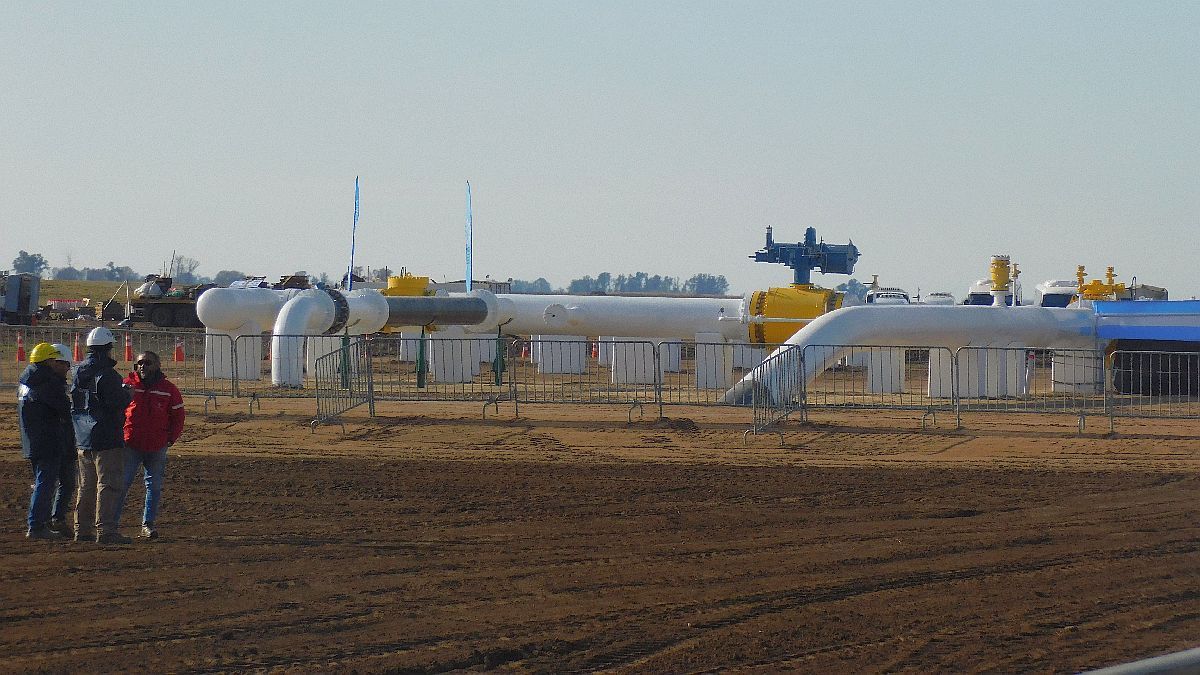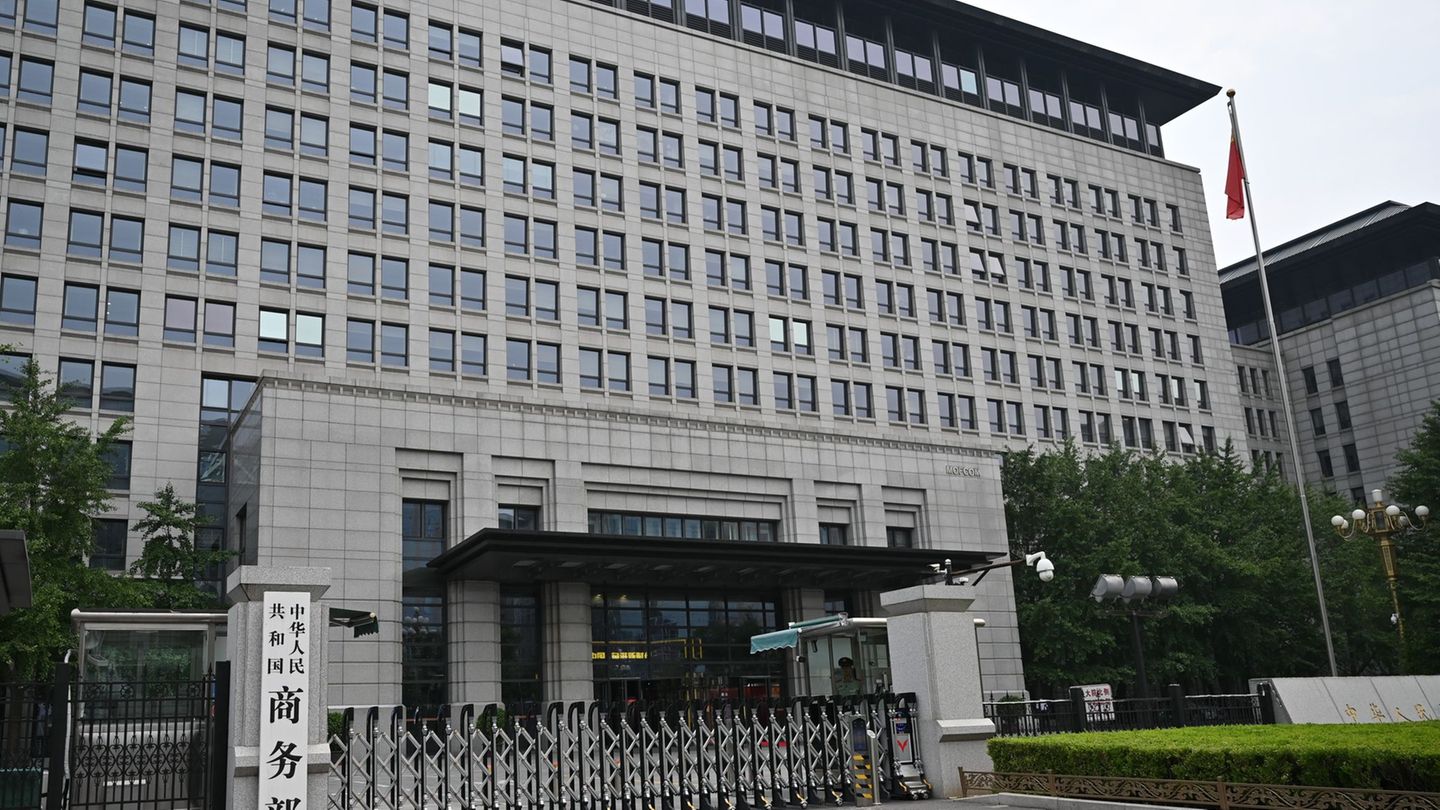Economy completed the financing for the North Gas Pipeline Reversal work, for US$750 million. Funds from Cammesa will be added to the agreement with CAF. For the first time in almost 20 years, Bolivia will not be able to supply energy to the north and center of the country firmly. With this work, it will be replaced with gas from Vaca Muerta, which costs 70% less.
The inauguration of the Nestor Kirchner pipeline It was just the first of a series of works that the State plans to achieve energy self-sufficiency and export to the region, given that Vaca Muerta has resources for 150 years. The next step will be the work known as the “Reversal of the North Gas Pipeline”which will allow gas to be delivered to the central and northern provinces of the country, and save US$3.5 billion by ceasing to import energy to Bolivia, which costs four times more. What the Government has just defined is how will the financing be and during the next few days the call for bids will be made.
The content you want to access is exclusive to subscribers.
Once the Néstor Kirchner gas pipeline has been completed, which carries gas from Vaca Muerta to the province of Buenos Aires, the largest consumption center, the next work will be the so-called North Reversion. It will consist precisely in reversing the existing infrastructure so that the gas, instead of going from Bolivia downwards, goes from Vaca Muerta and towards the northern provinces. The official expectation is that it will be ready for the winter of 2024.


Energy self-sufficiency and foreign exchange savings
In a first stage, official sources explain that the key to this work has to do with energy self-sufficiency. This is because the contract with Bolivia, which should have ended in 2026 because it was signed for 20 years, It will end on December 31 of this year, because the neighboring country has its basins in decline. The fact that there is gas in the north of the country is also essential for electricity, since electricity generation is carried out with thermal power plants that require gas because they are not dual (in which case they could be supplied with liquid fuels).
In addition to self-sufficiency, another point is the foreign currency savings due to lower costs. Official sources stated that It will imply a saving of US$3.5 billion for the next three years, per year, for which Bolivia will no longer be paid. And, starting in 2025, $2.2 billion each year. In addition, from the Ministry of Economy, headed by Sergio Massa, they add that it will be energy with a price 70% lower than Bolivia. The sale price of locally injected gas is US$3.79 MM/Btu, against US$11.32 for imported natural gas, and much lower than US$18.24 for LNG, according to the latest data. to may of the monitor of subsidies to the energy of the office of budget of the congress (OPC).
What will the financing be like?
What the Ministry of Energy has just defined is how the financing will be. for now, Massa had agreed with the Development Bank for Latin America (CAF) a loan of US$540 million, which was approved in April. However, the total cost of the work is estimated at US$750 million. Although at first there was talk that there could be financing from private sector companies to complement those pending US$ 210 million, The definition taken by Energía is that it will be financed by Cammesa, which is the company that manages the wholesale electricity market, which has public and private participation.
The resolution to be published in the Official Gazette establishes that it will be done through a “reimbursable credit” operation, with the money that Cammesa has from having exported electricity, and that it has in a stabilization fund created in 2021.
Then, the call for tenders will be pending, first for the pipes, and then for the construction companies, which will take place in the next 15 days, as announced by Massa. The works consist of: an interconnection gas pipeline of 36″ nominal diameter and 123 km long, from the “La Carlota” compression plant of the Centro Oeste gas pipeline, to the “Tío Pujio” compression plant, on the North Gas Pipeline, 62 kilometers of 30” loops on the North Gas Pipeline, between the towns of Tío Pujio and Ferreyra, and plant injection reversal works.
In the medium term, this infrastructure will enable Argentina to export gas to 3 countries in the region in spring, autumn and summer: in a first stage to the south of Brazil and north of Chile, and then to Bolivia, for at least US$4 billion annuallyaccording to estimates by the consulting firm Gas Energy Latin America (Gela).
Source: Ambito




